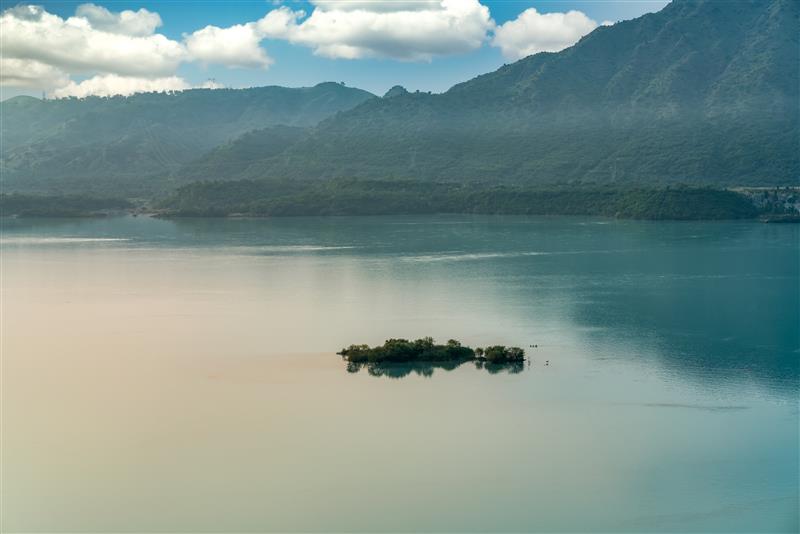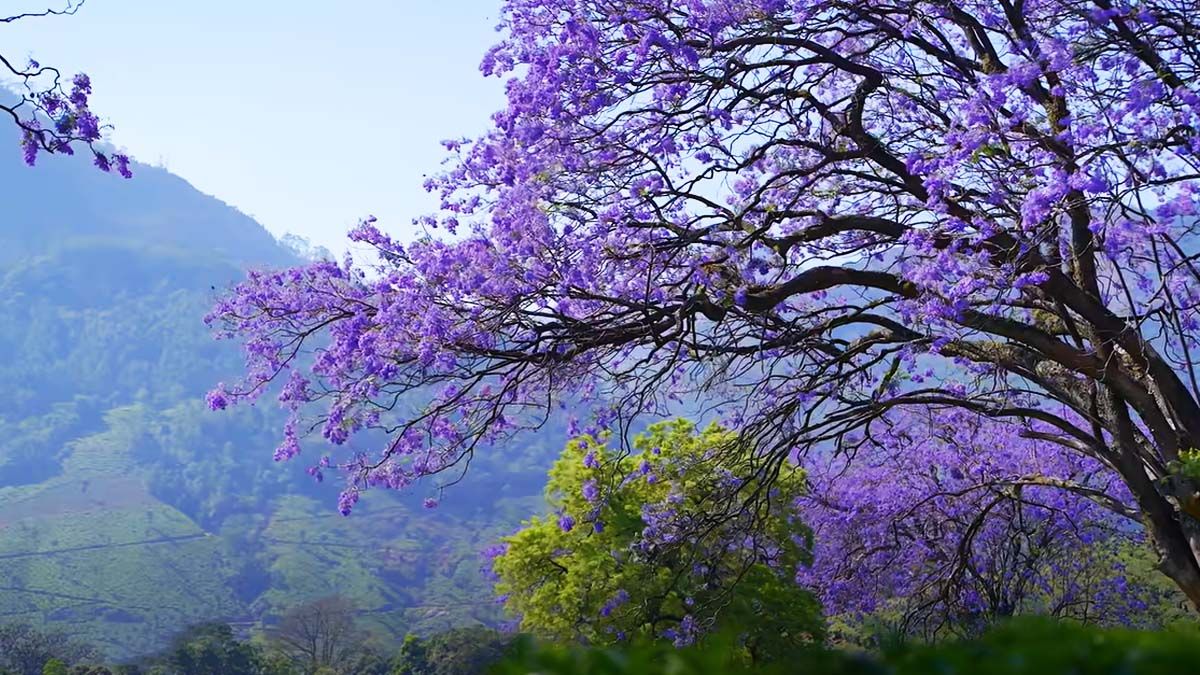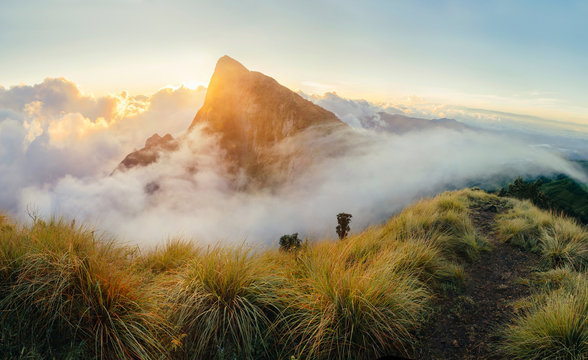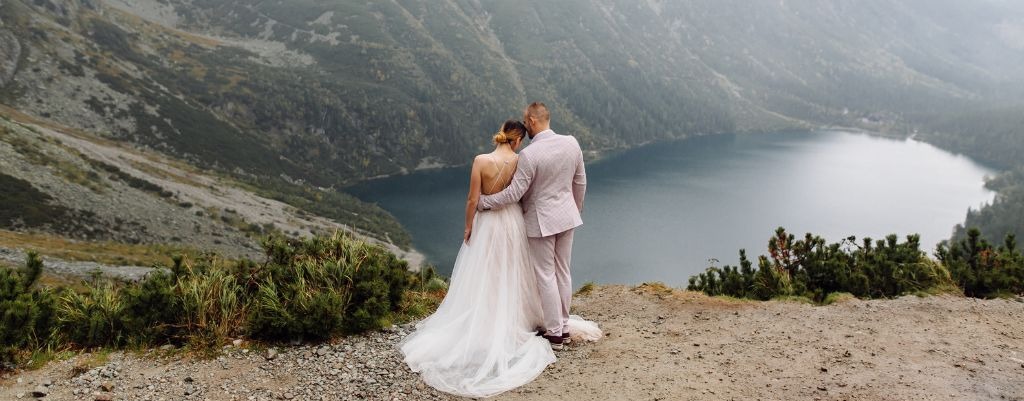Chinnakanal, Munnar: Preserving Nature, Supporting Tourism
September 30, 2025
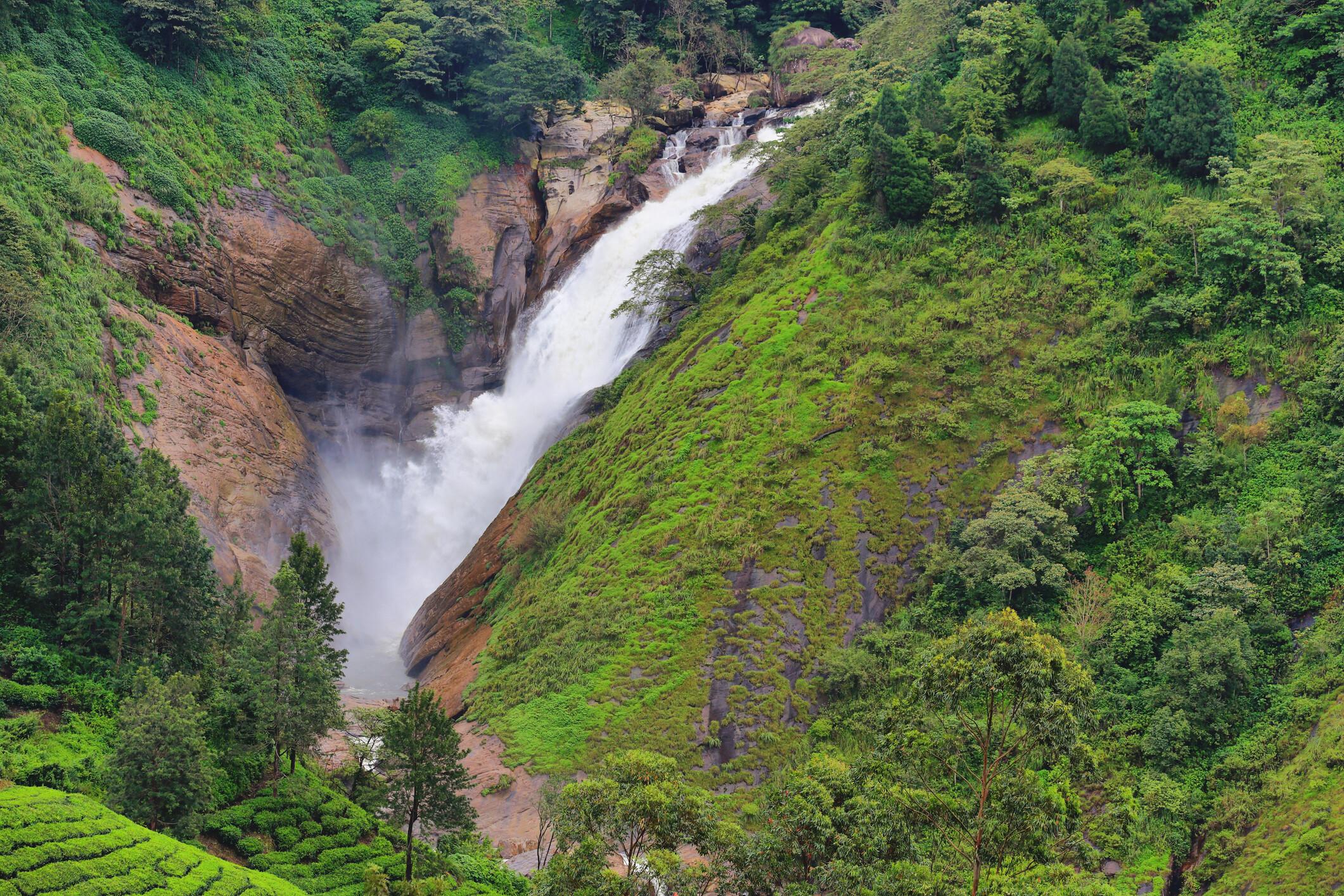
Munnar is Keralas most famous hill station, known for its tea plantations, cool climate, and sweeping mountain views. But beyond the bustle of its busy town center lies Chinnakanal, a quieter corner where the wild beauty of the Western Ghats still reigns supreme. Here you can see valleys open into dramatic landscapes, waterfalls tumbling down steep cliffs, and mist rolling over hills that have not been overtaken by commercial development. It is a place where Munnar has held on to its roots; a place where people and nature co-exist.
Chinnakanal is also known for its large wild elephant population. These gentle giants often roam through natural corridors, a sight that is thrilling yet humbling. Their presence is a reminder that this land is shared, and that preservation is a necessity.
Preservation at Chinnakanal: Protecting Nature While Welcoming Visitors
Over the years, Chinnakanal has been at the center of conversations about conservation in Munnar. Authorities have taken steps to preserve its forests, grasslands, and wildlife corridors to ensure that both humans and animals can thrive. New construction follows strict guidelines, ensuring that steep slopes and eco-sensitive areas remain untouched. The aim is not to restrict tourism, but to protect the very wilderness that draws visitors here in the first place. People come to Munnar to bask in nature. To feel the cool breeze as they stroll through the tea plantations and hike through the mountains. By safeguarding the landscape, Chinnakanal ensures that its valleys, forests, and wildlife remain for generations to come. This balance of preservation and tourism has turned Chinnakanal into a model for what responsible hill-station travel can look like: a place where guests are welcome, but nature always comes first.
Chinnakanal as Your Base Camp
One advantage of staying in Chinnakanal is its location. It sits close to some of Munnars popular attractions, making it the perfect base camp for travelers eager to explore Chinnakanal attractions.
Kolukkumalai Tea Estate
Perched nearly 8,000 feet above sea level, it is the highest tea plantation in the world. The rugged jeep trail to reach it is an adventure in itself, and the reward is breathtaking. Once there, you are blessed with a golden sunrise spilling over the mountains and a tour of a tea factory still using traditional, hand-rolling methods.
Aanayirangal Dam
A vast reservoir surrounded by tea gardens and dense forests. Its name meaning where elephants come to play is no coincidence, as herds are often spotted grazing along its grassy banks. You can also take in the sights up close on a peaceful boat ride.
Suryanelli
Just beyond Chinnakanal lies Suryanelli, a picturesque village that has become a hub for adventure tourism. Trekking, camping, and jeep safaris into the rugged Western Ghats all begin here, making it a must for travelers who love a rush of adrenaline.
Power House Waterfalls
Who doesnt love a good waterfall? Originating from the Sita Devi Lake, this waterfall tumbles down rocky cliffs into the valley below. A perfect stop for a refreshing dip in the small pool at the base of the falls and some photographs.
Lockhart GapViewpoint
With its deep valleys and mist-filled panoramas, is perfect for panoramic photography and golden sunsets.
The surrounding reserve forests of the Western Ghats, part of a UNESCO World Heritage Site, add to the charm. These shola-grassland ecosystems are home to endemic species of plants, birds, and animals, making them a paradise for wildlife enthusiasts and nature walkers.
Why Preservation Matters
Chinnakanal is more than a scenic getaway it is part of a living, breathing ecosystem that supports countless species, including humans. The forests, grasslands, and wetlands here are vital components of the Western Ghats, one of the world's eight "hottest hotspots" of biological diversity. What grows, flows, and roams in these hills cannot be found anywhere else on Earth.
Preservation is about protecting the delicate web of life that keeps the planet in balance. The forests of Chinnakanal store carbon, filter the air, and regulate water cycles that supply rivers and farmlands across southern India. They provide shelter for endangered species and pollinators that keep agricultural systems running.
Without thoughtful conservation, places like Chinnakanal risk becoming victims of the very tourism they attract overbuilt, overcrowded, and stripped of the natural charm that made them special in the first place. Once ecosystems are damaged, they are slow to recover and some never do.
Preserving Chinnakanal means:
- Ensuring wild elephants and other species continue to roam safely through ancient corridors.
- Protecting endemic plants and birds that thrive only in these shola forests.
- Maintaining clean air, cool climate, and water sources that benefit surrounding regions.
- Sustaining the cultural and agricultural heritage of local communities.
- Safeguarding the regions unique natural formations, from misty valleys to cliffside waterfalls, so they remain untouched by overdevelopment.
Preservation: Travel Tips for Visitors
Chinnakanals charm lies in its delicate balance between human presence and wild nature. To keep it that way, every visitor plays a part.
Respect Wildlife
Elephants and other animals roam freely here. Admire them quietly from a distance never approach, feed, or photograph them up close. Remember, you are in their home.
Stick to Designated Trails
Wandering off-trail may damage sensitive habitats or disturb nesting and foraging areas. Stick to marked paths when hiking or exploring.
Leave No Trace
Carry reusable water bottles and bags. Never leave plastic or food waste behind, especially in forested or grassland areas. Even organic waste can attract animals and change their natural behavior.
Support Local Communities
Purchase handicrafts, tea, and spices from small producers and cooperatives. Your spending directly helps preserve traditional livelihoods, which in turn reduces pressure on the environment.
Travel During Off Peak Times as well
Visiting outside peak seasons (like December January) helps reduce tourist strain on fragile ecosystems and offers a more peaceful experience.
Conclusion
Chinnakanal stands as a place where preservation and tourism walk hand in hand. From misty valleys and forested hills to roaming elephants and roaring waterfalls, it showcases nature in its truest form while still welcoming visitors with open arms. You can spend your days exploring its natural wonders, then retreat to a cozy resort in Chinnakanal. Here you will find the perfect harmony of nature, culture, and hospitality.
Follow Us On
Drop your Queries
Categories
Adventure and Outdoor Activities
Attractions / Destination Guides
Culture and Cuisine
Travel Tips and Advice
Resort Facilities
Wellness and Ayurveda
Seasonal Highlights
Recent Post
Tags


